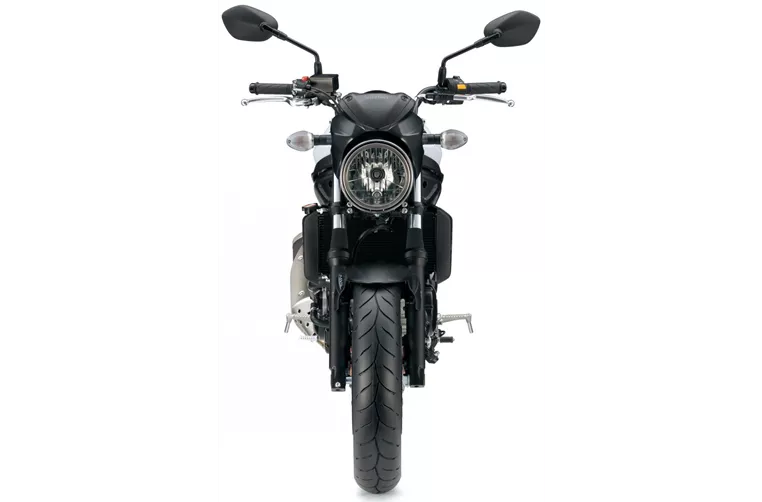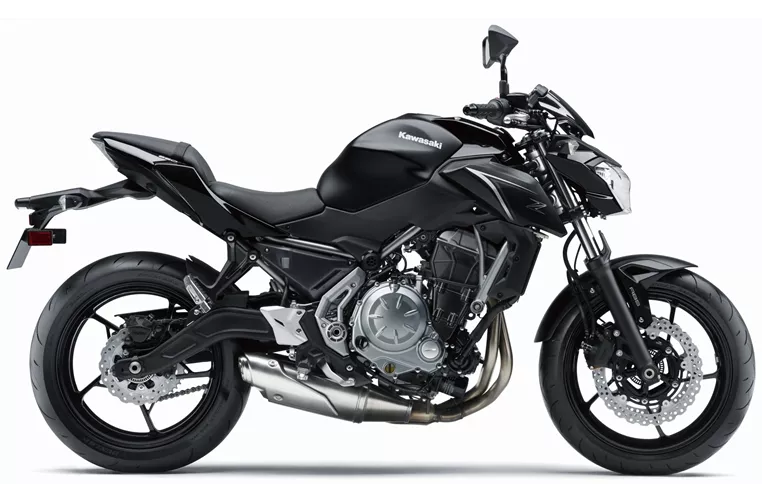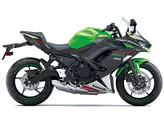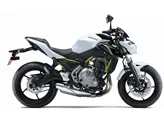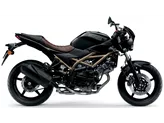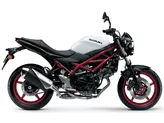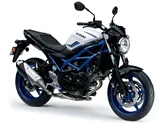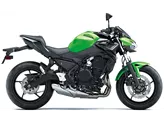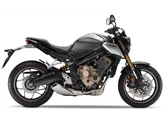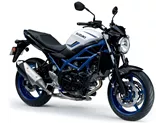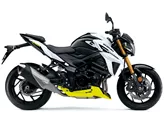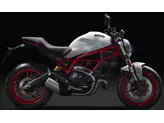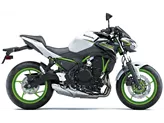Suzuki SV 650 2016 vs. Kawasaki Z650 2017
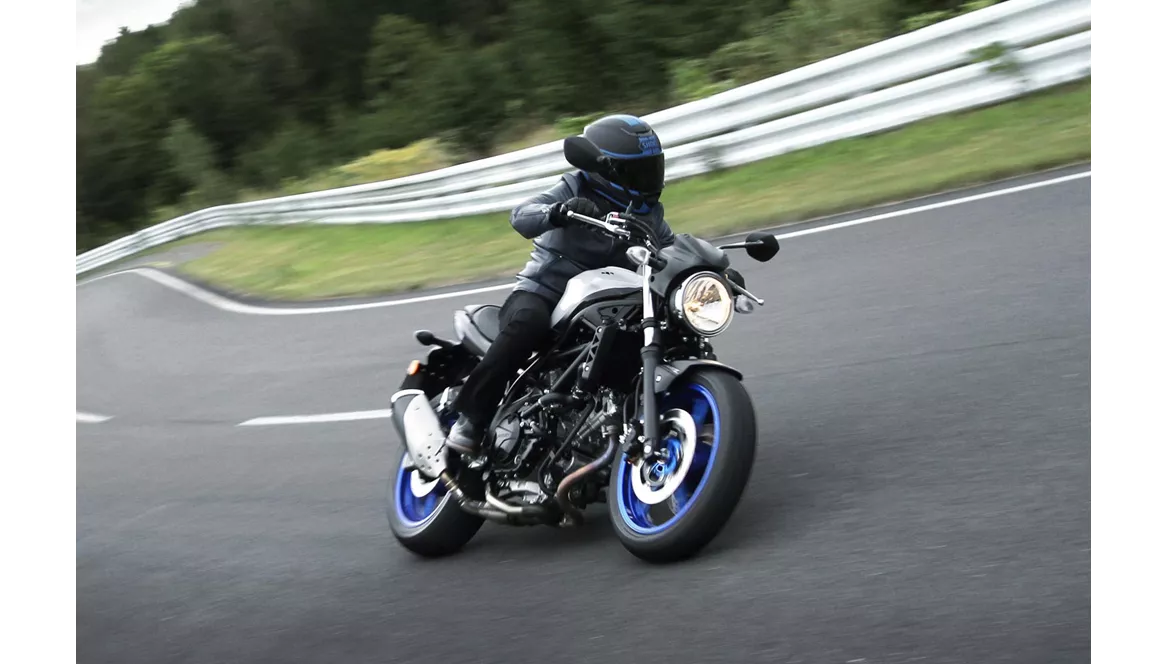
Suzuki SV 650 2016
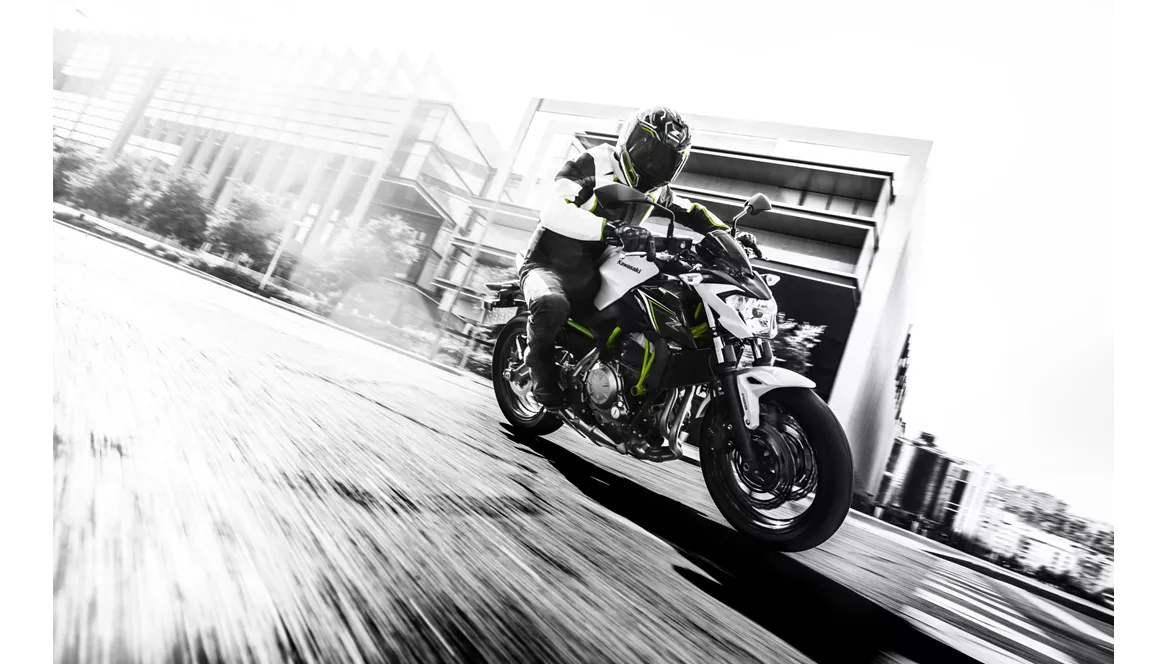
Kawasaki Z650 2017
Pregled - Suzuki SV 650 2016 vs Kawasaki Z650 2017
The Suzuki SV 650 2016 and the Kawasaki Z650 2017 are both naked bikes with similar technical specifications. However, there are some notable differences between the two models.
In terms of engine performance, the Suzuki SV 650 2016 has a V2 engine with 76 HP of power and 64 Nm of torque, while the Kawasaki Z650 2017 has an inline engine with 68.2 HP of power and 65.7 Nm of torque. Both bikes have fuel injection systems, liquid cooling, and 2 cylinders. The Suzuki SV 650 2016 has a displacement of 645 ccm, while the Kawasaki Z650 2017 has a slightly larger displacement of 649 ccm.
In terms of suspension, both bikes have telescopic forks in the front and swing arm suspension with a monoshock in the rear. The chassis of both bikes is made of steel and has a tubular frame. The front brakes of both bikes are double disk with a diameter of 290 mm for the Suzuki SV 650 2016 and 300 mm for the Kawasaki Z650 2017. Both bikes also have double piston front brake calipers. Additionally, both bikes are equipped with ABS for advanced rider assistance.
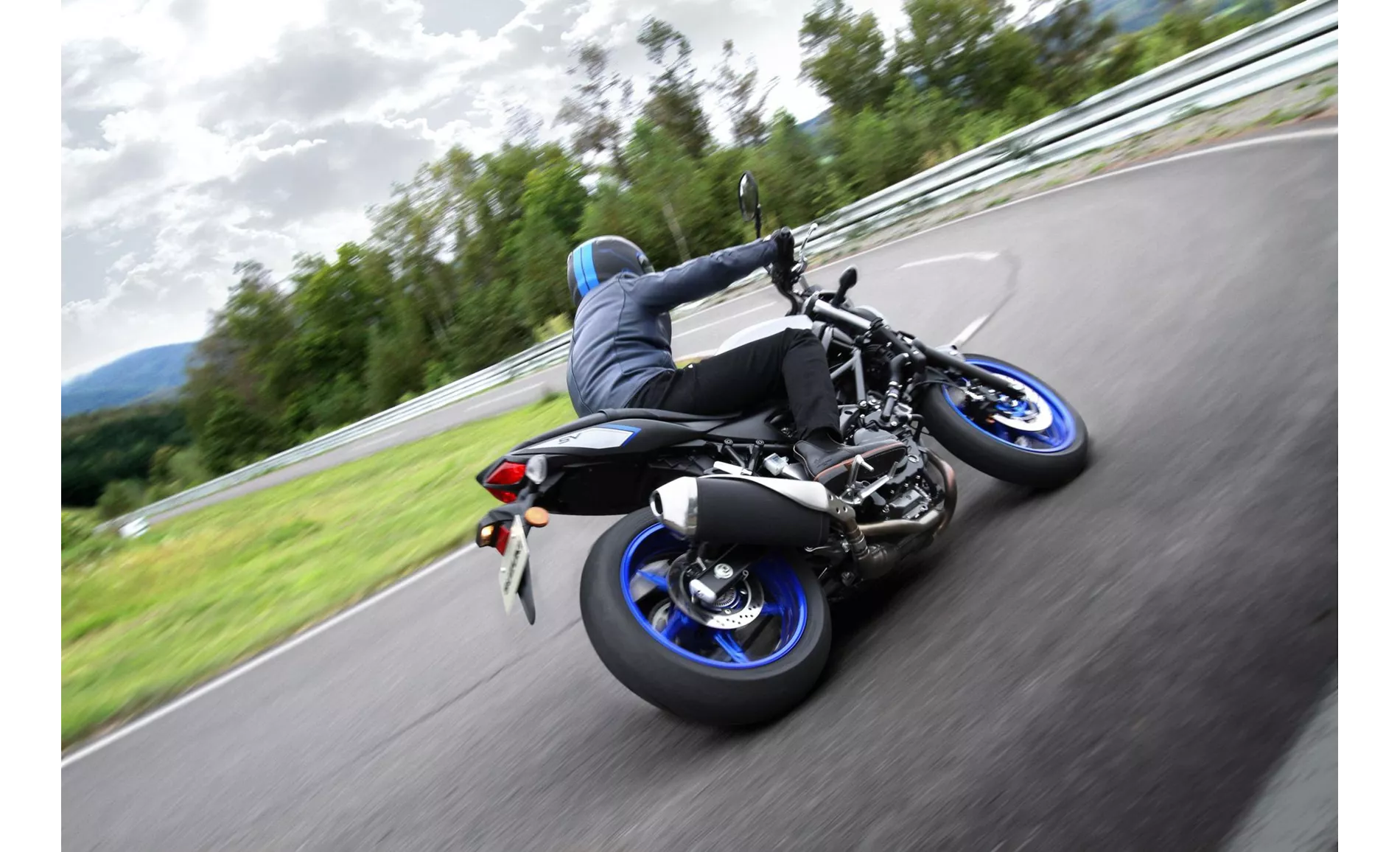
Suzuki SV 650 2016
In terms of dimensions and weights, the Suzuki SV 650 2016 has a front tire width of 120 mm and a rear tire width of 160 mm, both with a diameter of 17 inches. The wheelbase of the Suzuki SV 650 2016 is 1445 mm and it has a seat height of 785 mm. The kerb weight of the Suzuki SV 650 2016, including ABS, is 197 kg and it has a fuel tank capacity of 13.8 liters. On the other hand, the Kawasaki Z650 2017 has the same front and rear tire dimensions as the Suzuki SV 650 2016. However, it has a slightly shorter wheelbase of 1410 mm and a slightly higher seat height of 790 mm. The kerb weight of the Kawasaki Z650 2017, including ABS, is 187.1 kg and it has a larger fuel tank capacity of 15 liters.
In terms of strengths, the Suzuki SV 650 2016 is praised for its agile and powerful engine, which produces a typical V2 sound. It also has a pleasant and low seating position, making it comfortable for riders. The Suzuki SV 650 2016 is known for its easy handling and comfortable chassis, as well as its brakes with good control.
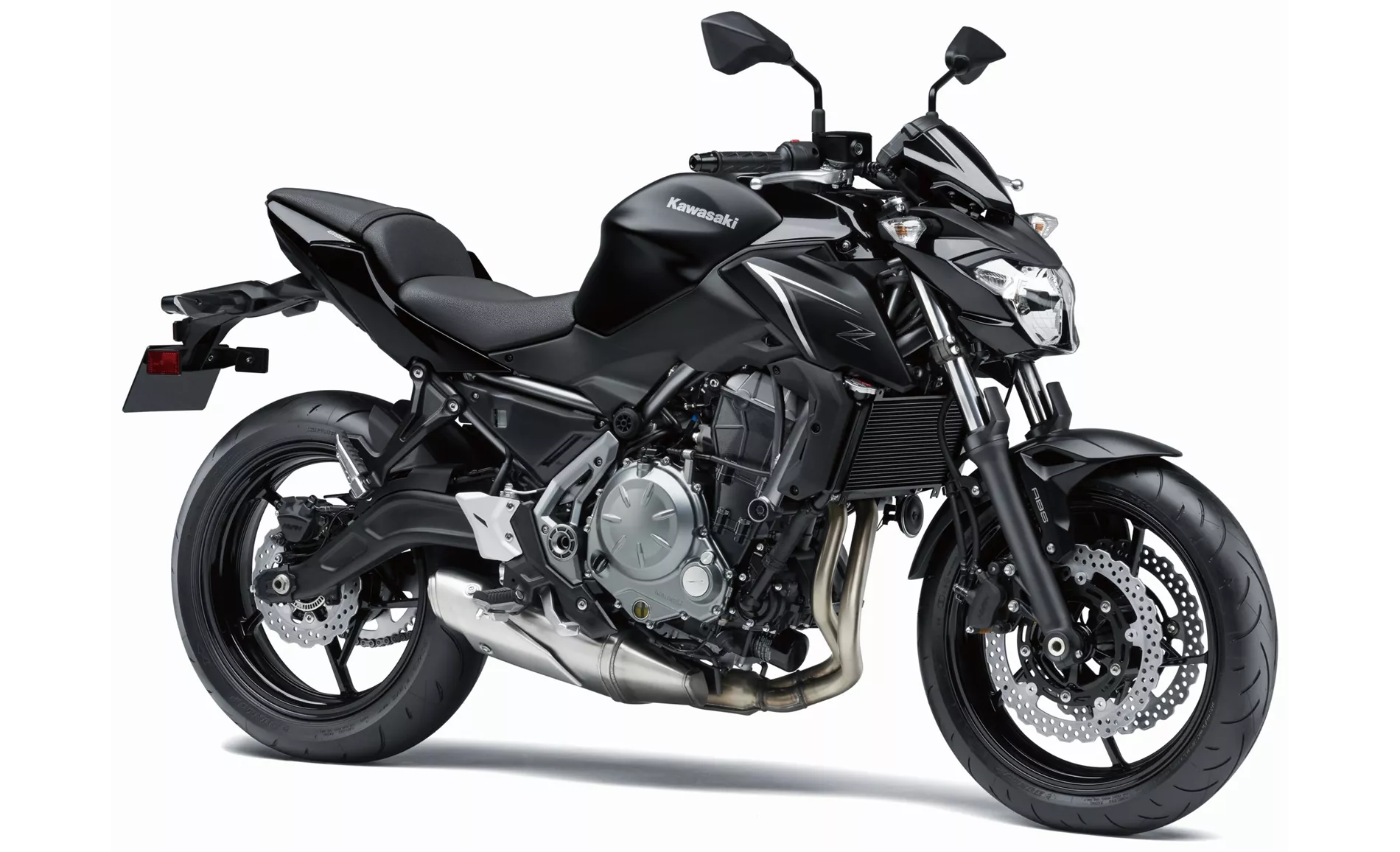
Kawasaki Z650 2017
On the other hand, the Kawasaki Z650 2017 is praised for its even power delivery and sporty chassis. It has compact dimensions, making it easy to maneuver in tight spaces. Additionally, the Kawasaki Z650 2017 features a negative display, which some riders may find appealing.
In terms of weaknesses, the Suzuki SV 650 2016 has a poorly readable digital tachometer, which may be a drawback for some riders. On the other hand, the Kawasaki Z650 2017 is noted to be a little too small for tall people, which may affect the comfort of taller riders.
Overall, both the Suzuki SV 650 2016 and the Kawasaki Z650 2017 are capable naked bikes with their own strengths and weaknesses. Riders should consider their personal preferences and requirements when choosing between the two models.
Tehnične specifikacije Suzuki SV 650 2016 v primerjavi z Kawasaki Z650 2017
Primerjava prednosti in slabosti
Primerjava prednosti in slabosti
Suzuki SV 650 2016
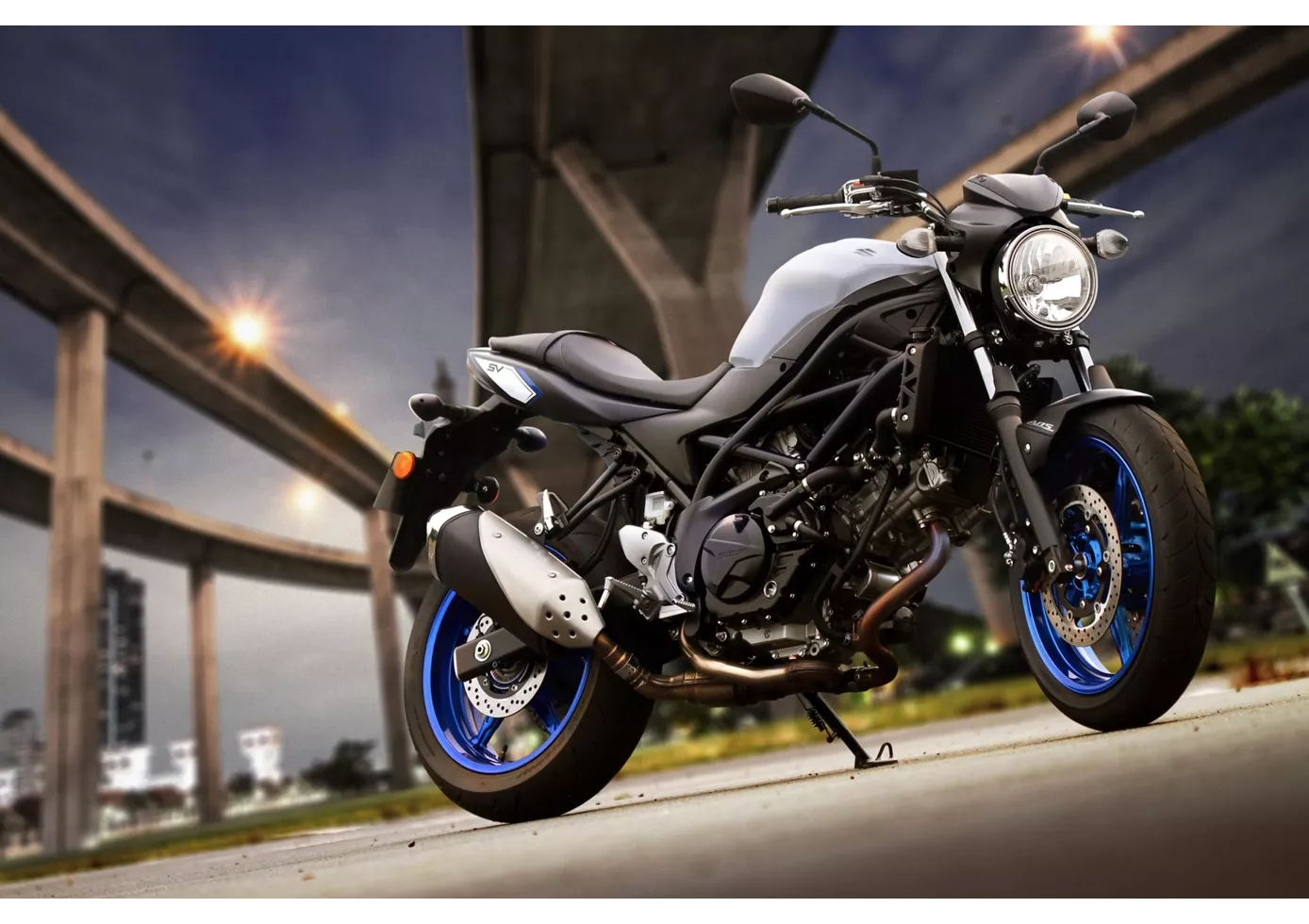
The new SV650 continues the visual minimalism of the first two SV650 generations, but builds technically on its direct predecessor, the SFV650 Gladius - two excellent moves that turn the very modern SV650 into a classic. The design fits wonderfully into the era of many retro conversions, but inside there are also modern gimmicks that make it easier for beginners in particular to get started. The engine, on the other hand, can also convince advanced riders; the typical V2 feeling is wonderful. You shouldn't expect extreme sportiness in the chassis and brakes, but the price of just under 6400 euros (in Germany) is a statement that the competition will have to swallow.
Kawasaki Z650 2017
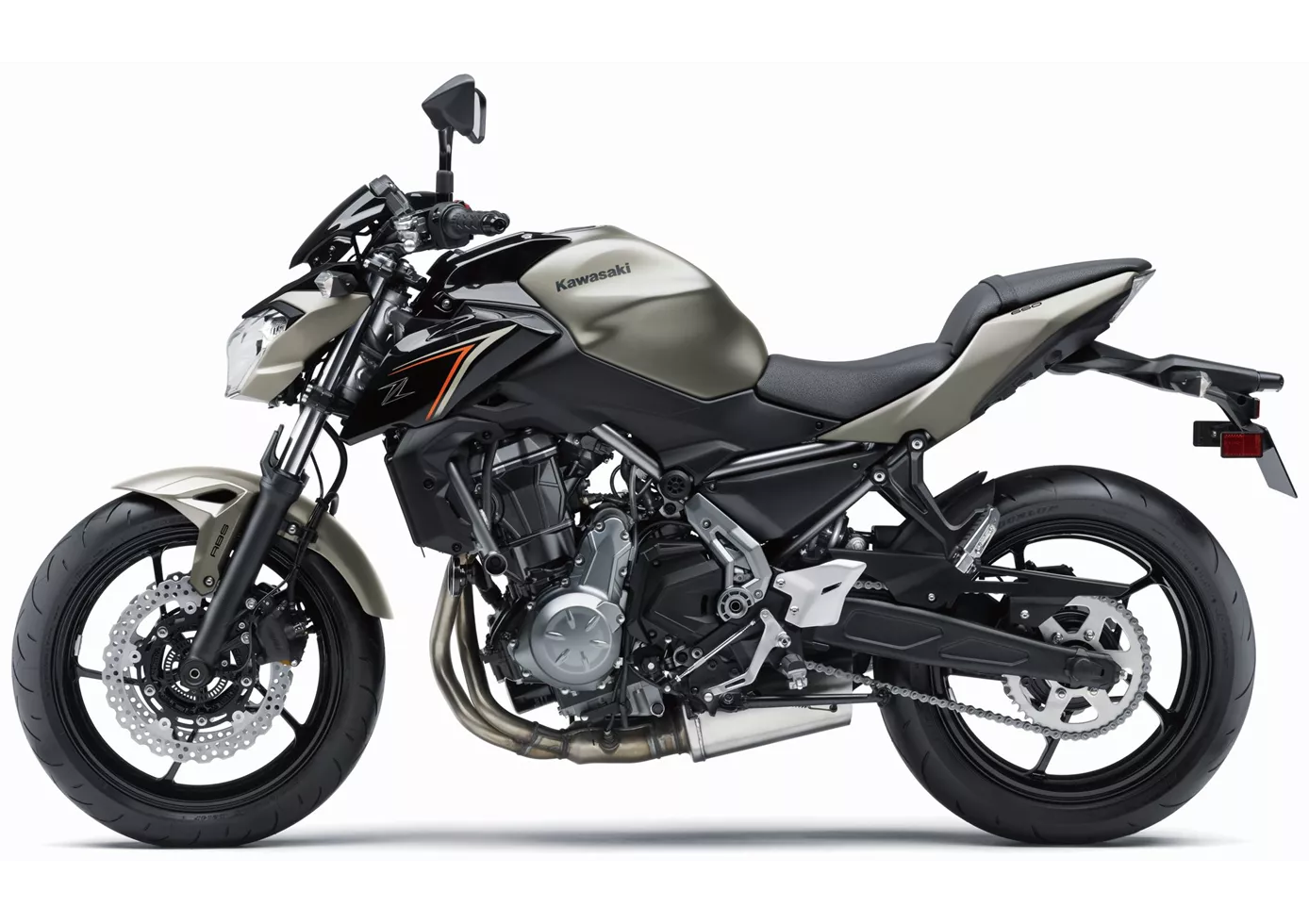
Kawasaki Z 650 je vrh srednjega razreda za majhne voznike in voznice. Na njegovih kompaktnih dimenzijah se verjetno ne boste počutili udobno kot velikan. Srčne občutke pa prinaša motor, ki navdušuje z zelo gladkim potegom. Na strani podvozja je bila izbrana za Kawasakija značilna tesna nastavitev, ki najde odličen kompromis pri vsakodnevni uporabi. Negativni zaslon je zelo dobro berljiv in spominja na predhodnika, model ER-6n - zelo lepo!
Primerjava povprečnih tržnih cen Suzuki SV 650 vs Kawasaki Z650
There are a few key differences between a Suzuki SV 650 2016 and a Kawasaki Z650 2017. In terms of price, the actual average price of a Kawasaki Z650 2017 is about 12% higher. A Suzuki SV 650 2016 experiences a loss of 140 USD in one year and 140 USD in two years of ownership. This is offset by a loss of 340 USD and 520 USD for a Kawasaki Z650 2017. There are the same number of bikes of both models available on the 1000PS.de marketplace, specifically 11. It takes less time to sell a Kawasaki Z650 with 76 days compared to 80 days for the Suzuki SV 650. Since model year 2005 1000PS.de editors have written 25 reviews for the Suzuki SV 650 and 31 reviews for the Kawasaki Z650 since model year 2017. The first review for the Suzuki SV 650 was published on 9/26/2008 and now has more than 14,200 views. This compares to more than 25,000 views for the first review on Kawasaki Z650 published on 11/8/2016.
